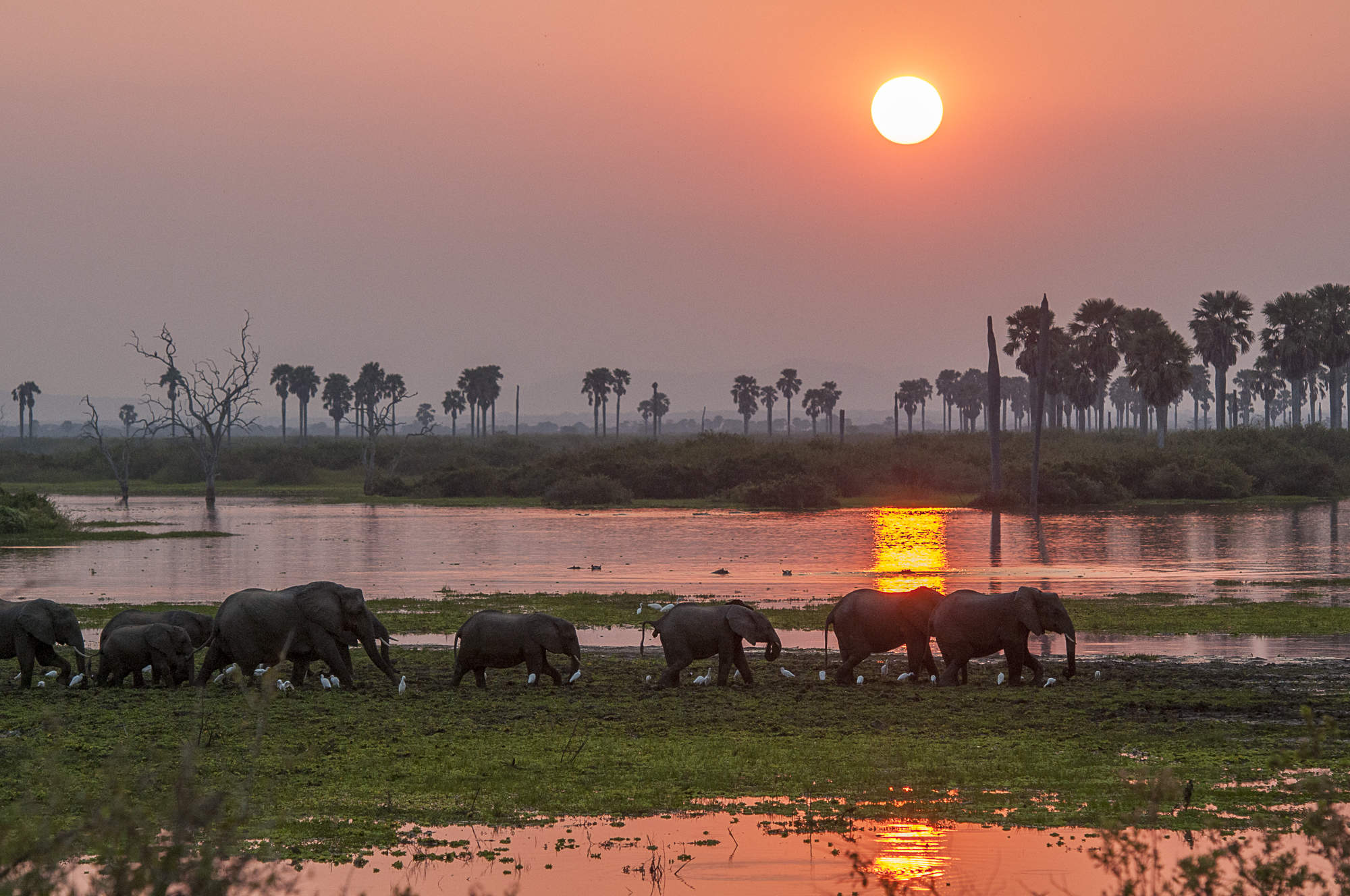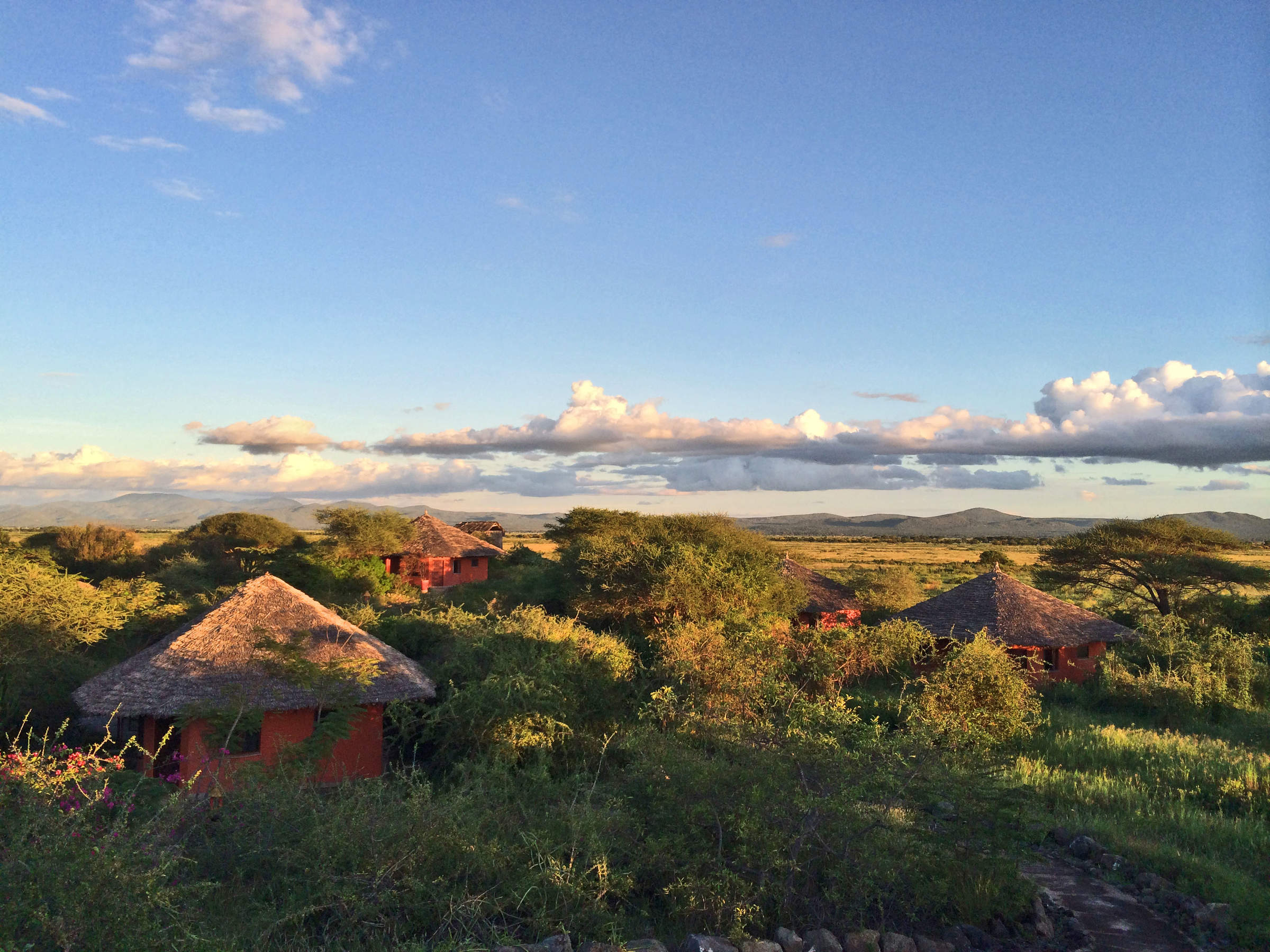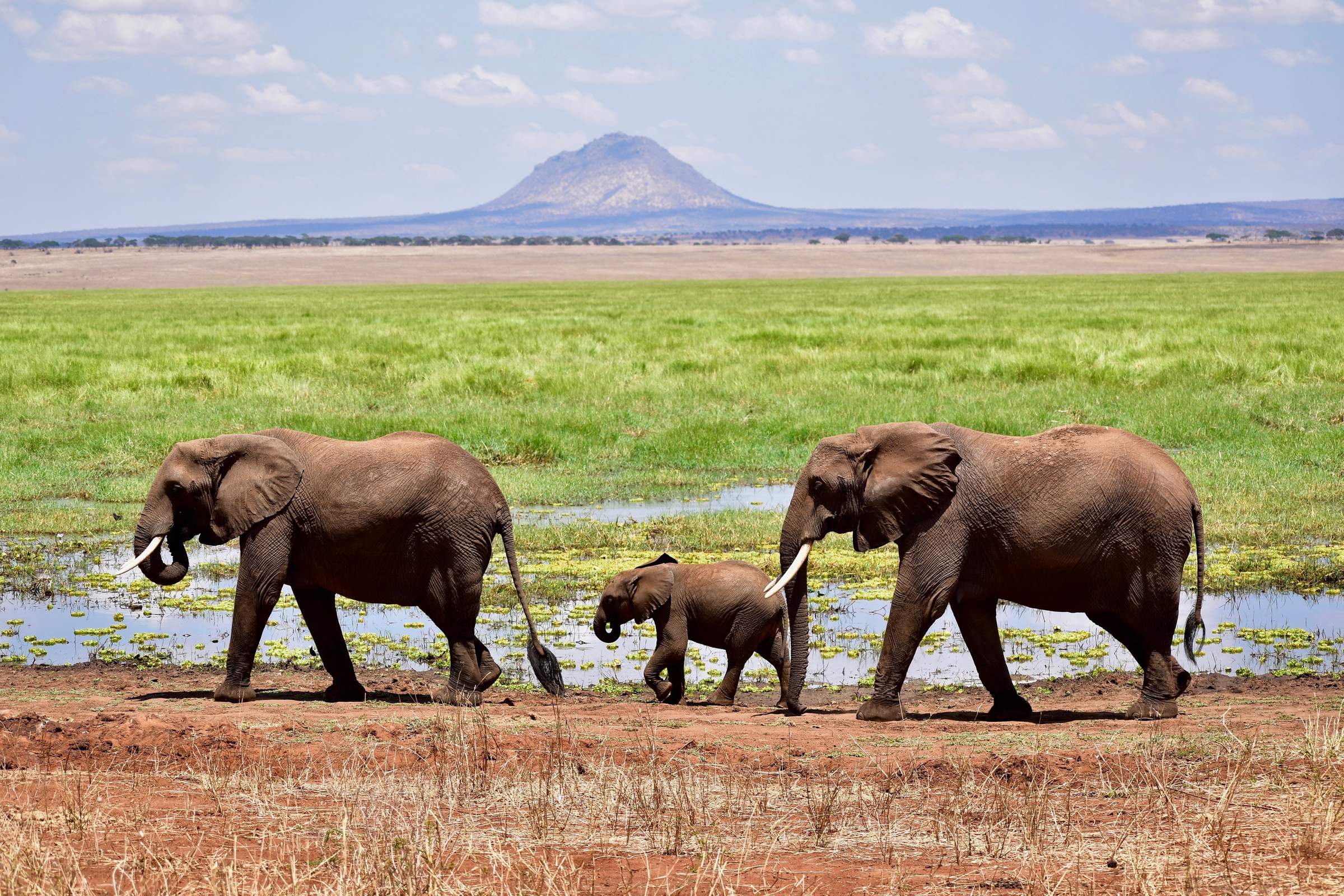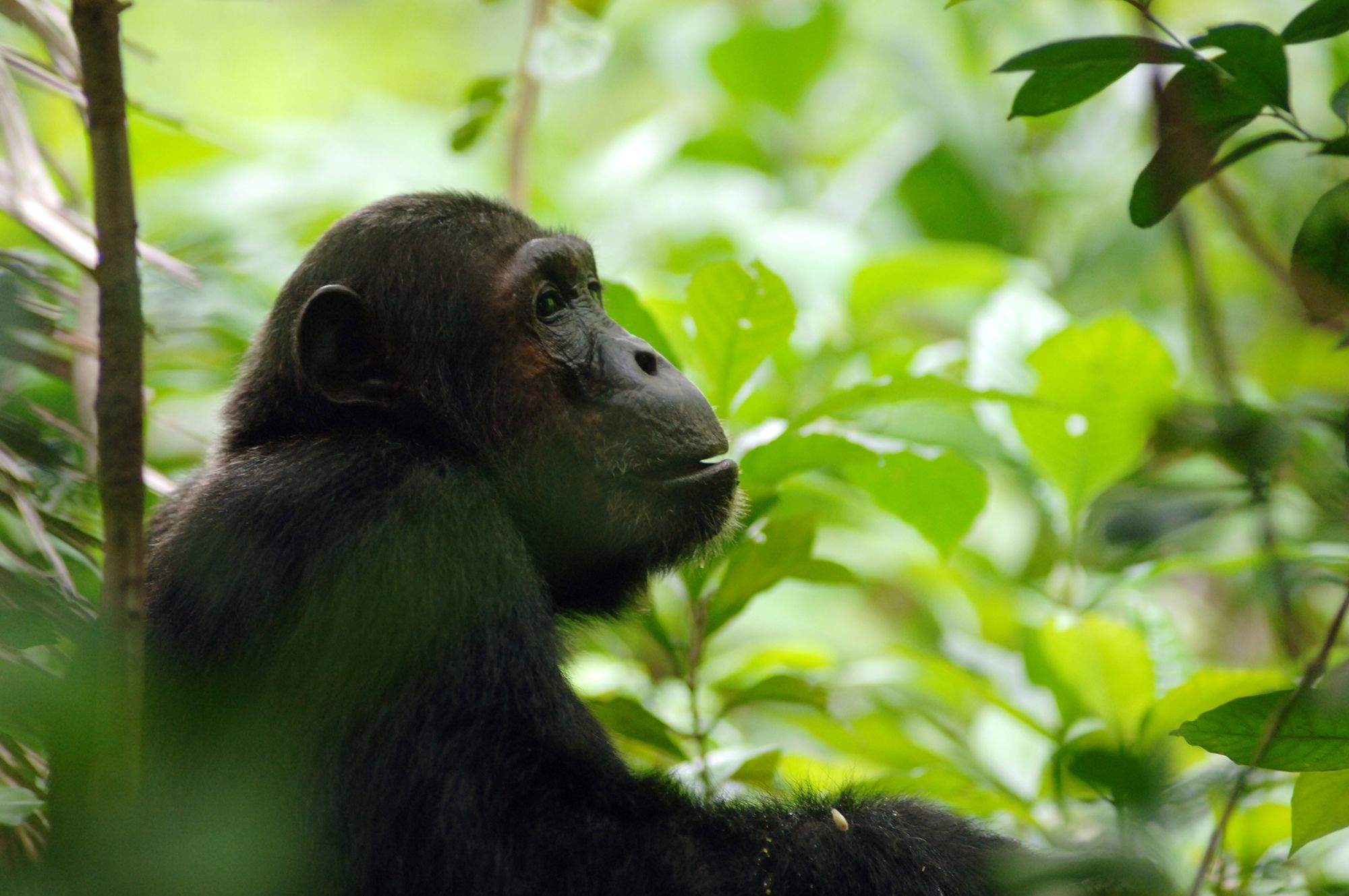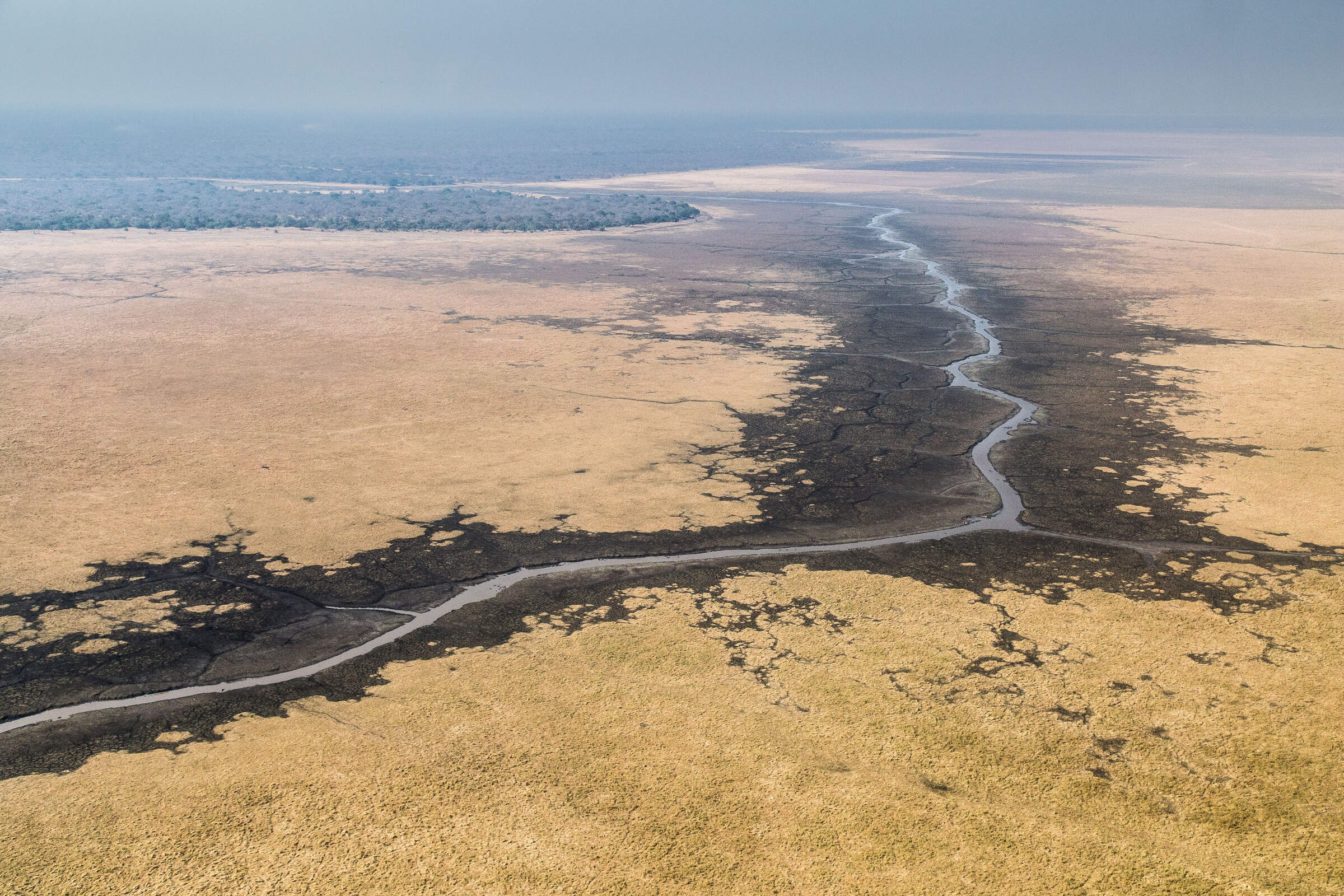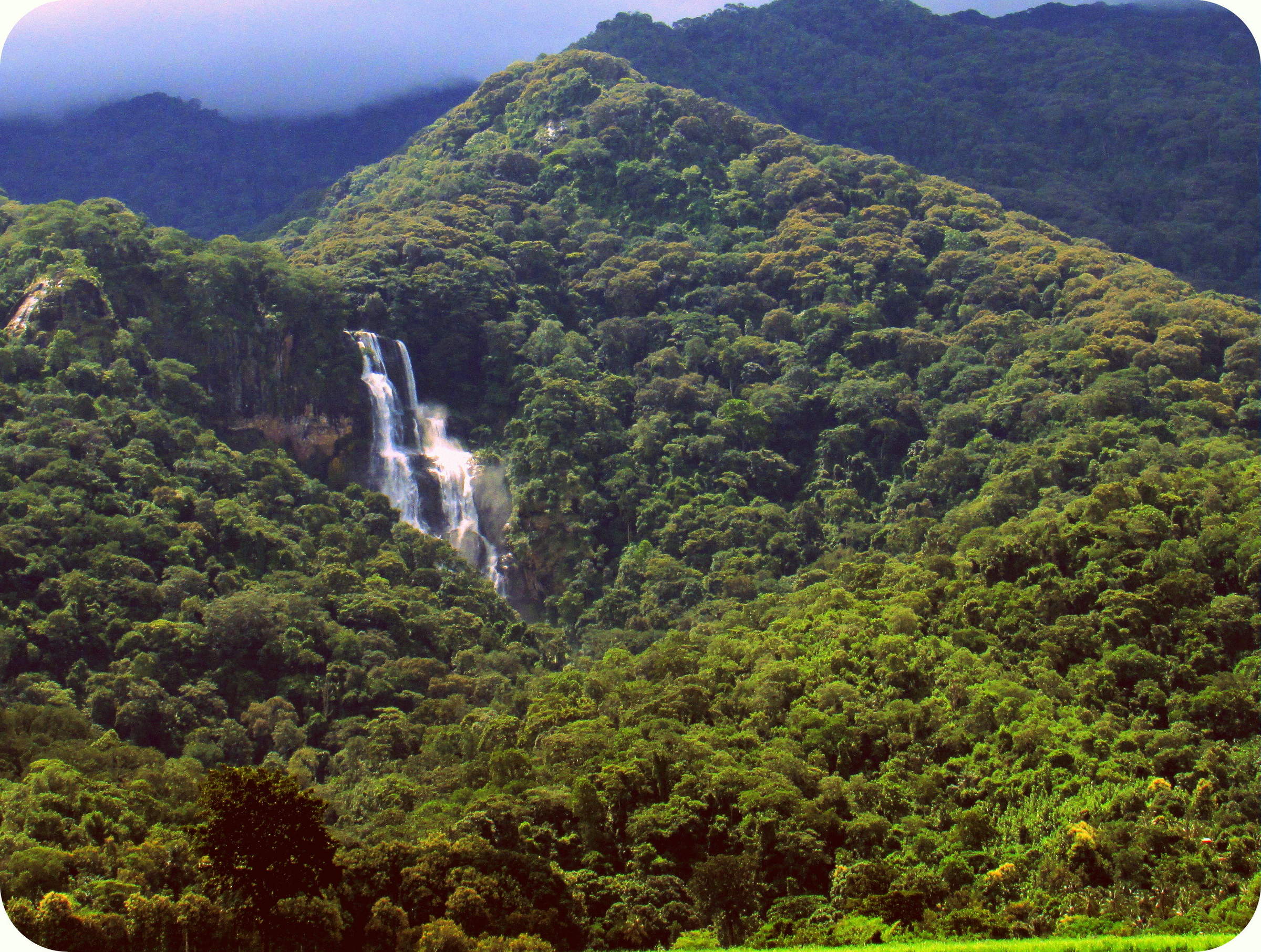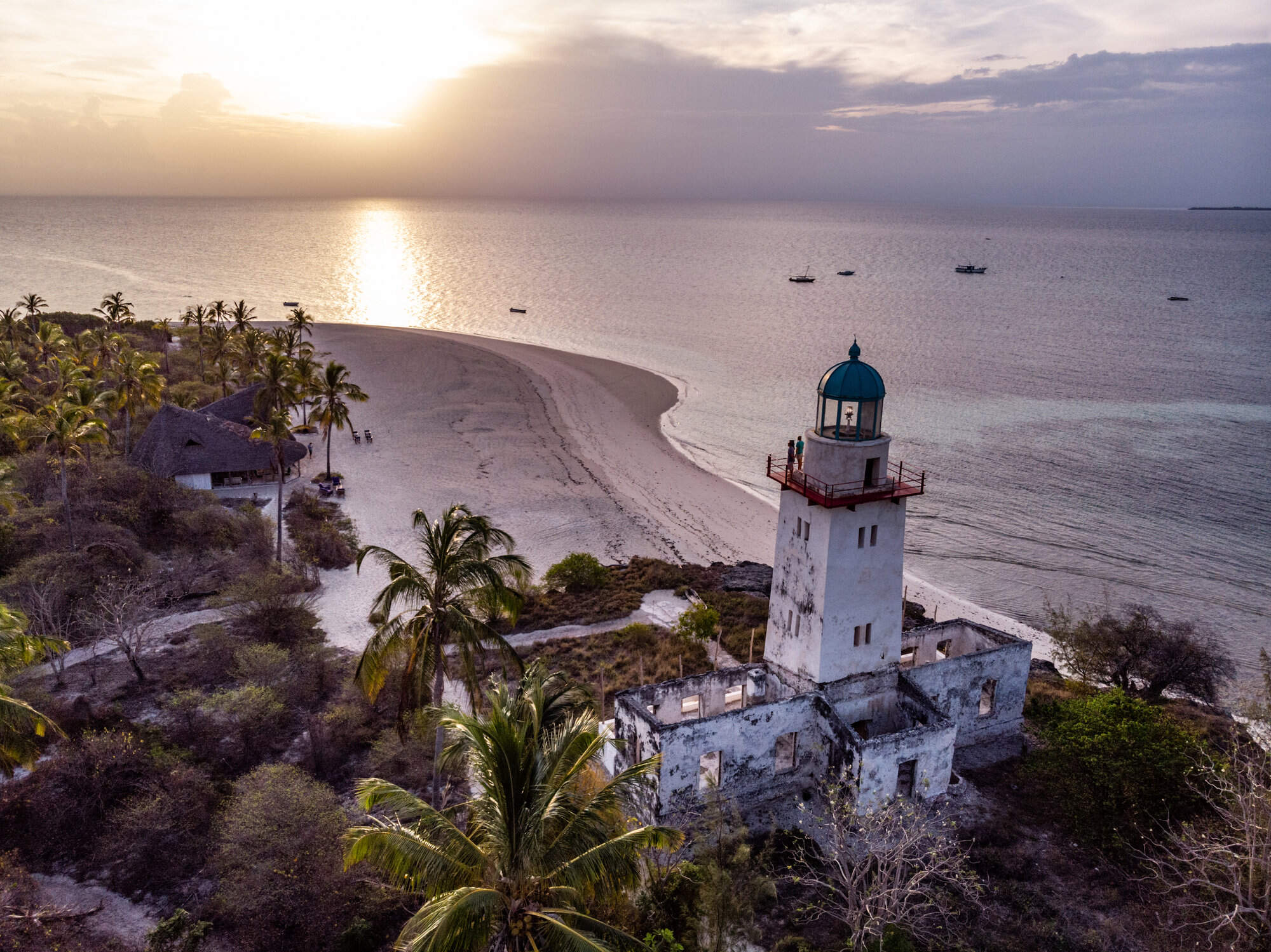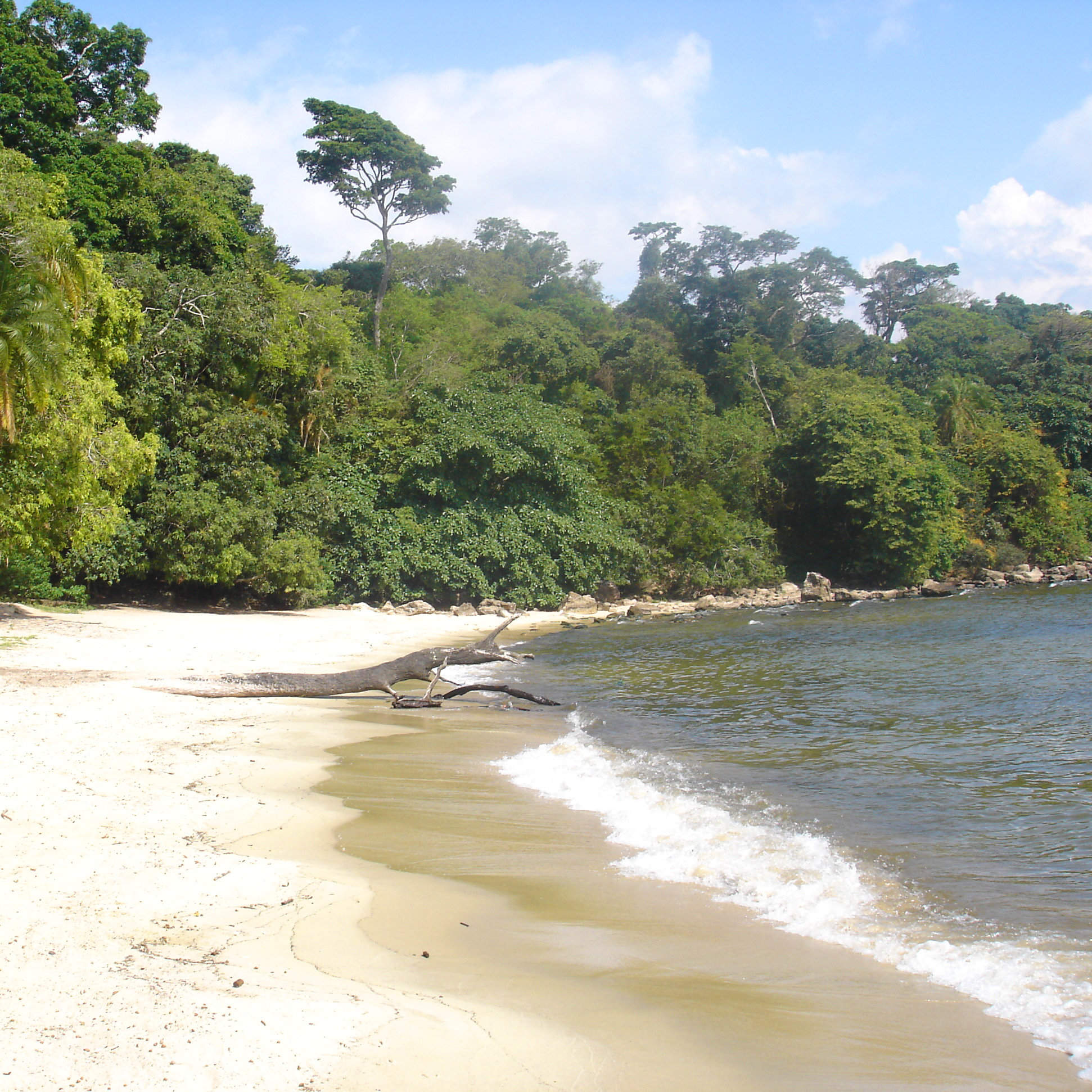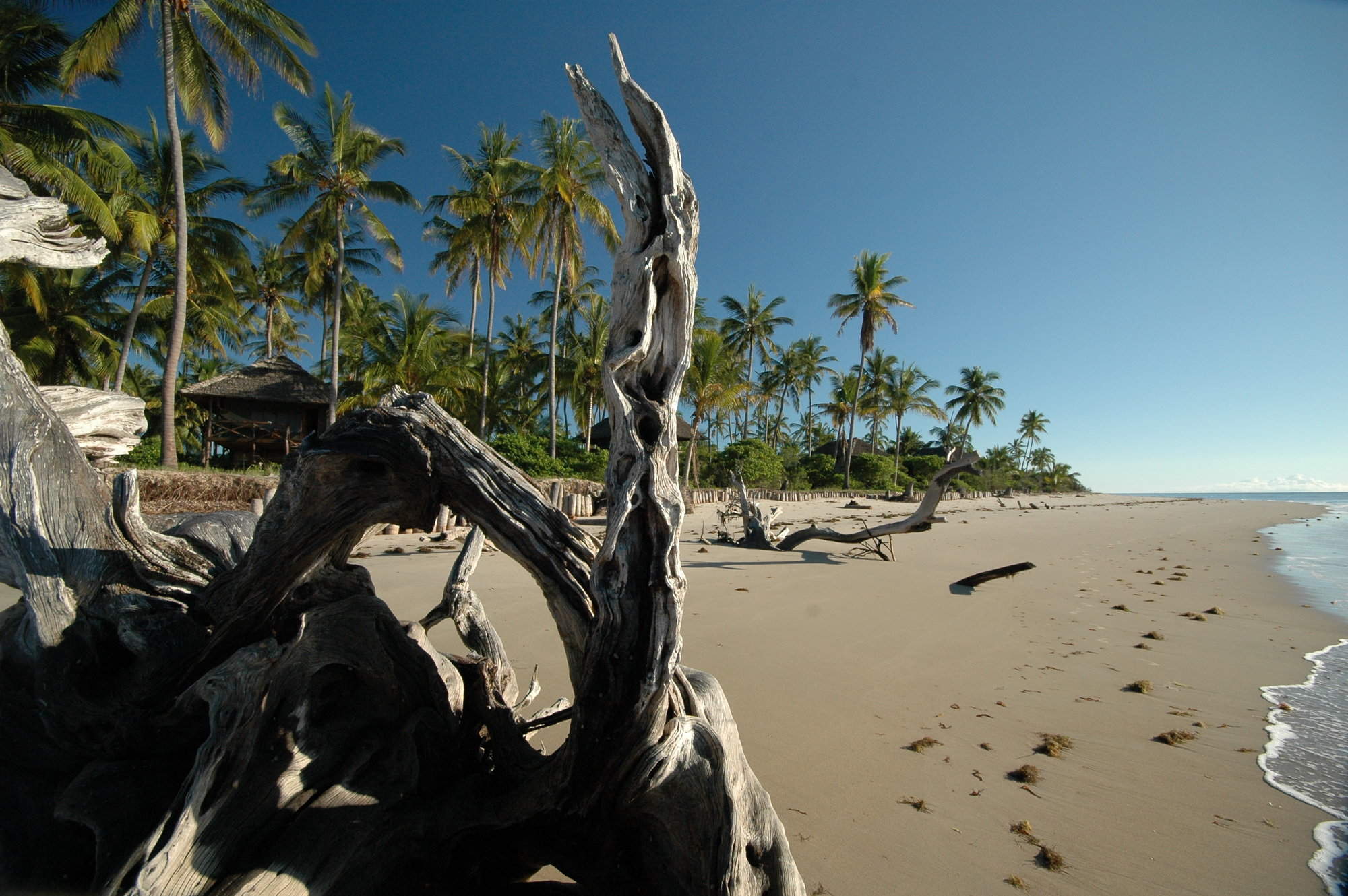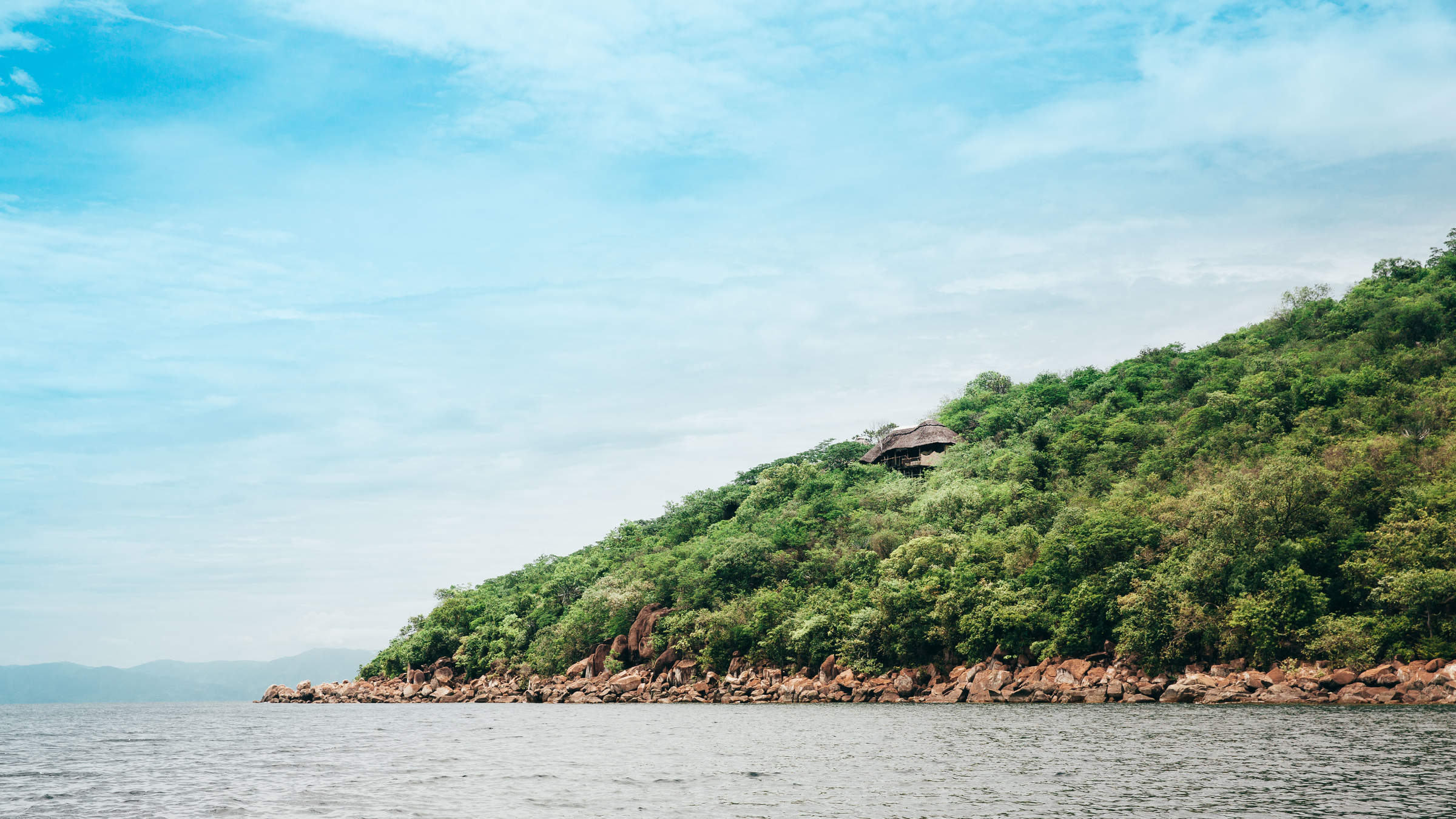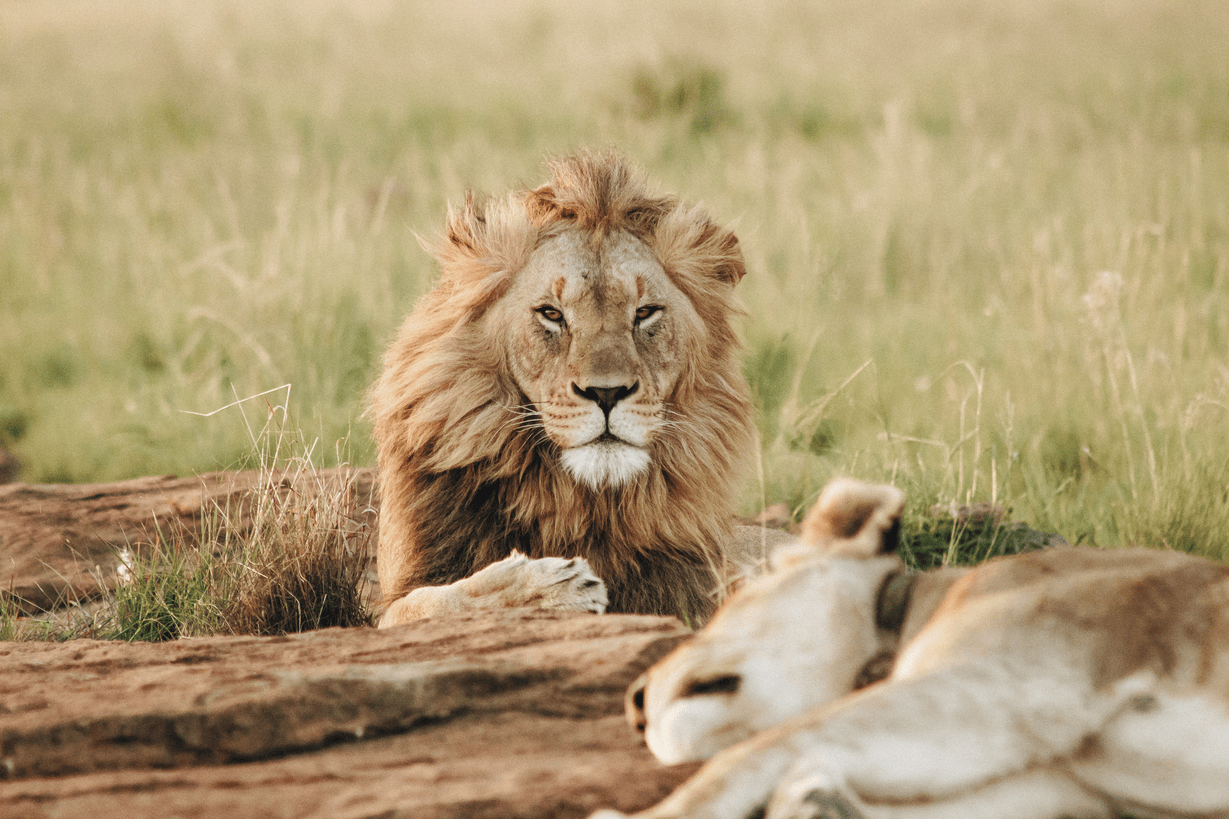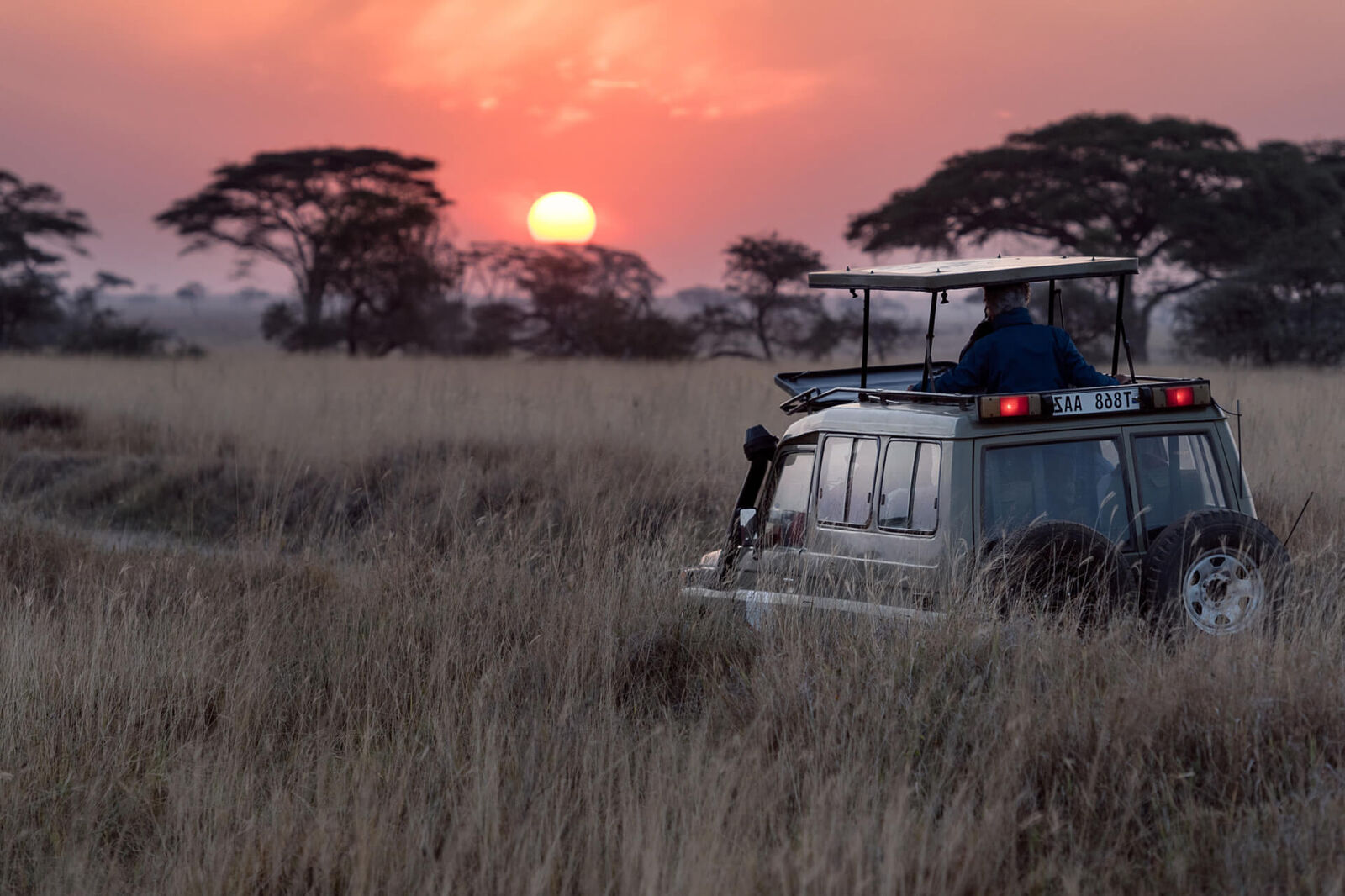About Ngorongoro Farmhouse Lodge
Ngorongoro Farmhouse Lodge is a lovely lodge just outside of the Ngorongoro Conservation Area.
Set in 750 acres of private farmland, it is comfortable, well laid out and has some excellent views over the farm and across to Oldeani Volcano. The lodge has continued to offer good-value accommodation since it opened in 2003, and is a good base for visiting both the Ngorongoro Crater and Lake Manyara National Park.
Ngorongoro Farmhouse has a rustic, countryside feel, which is very appealing. We felt that the interiors do not quite live up to the promise of the exterior, but the lodge is still a welcoming and friendly, and comparatively affordable, spot to base yourself to trips to the crater.
- Accommodation
- 52 Bedrooms
- Children
- Good for children.
- Open
- Closed in April and May
Activities

4WD Safari

Birdwatching

Cultural excursion

Guided walking safari

Mountain biking

Private activities
Safaris visiting Farmhouse Lodge
Just ideas, we'll always tailor-make a trip for you

Looking for inspiration on where to travel next?
Visit our trip chooser to explore your options and find inspiration for your perfect African adventure
Inspire meTraveller reviews of Ngorongoro Farmhouse Lodge
18 real, un-edited reviews from Expert Africa's travellers.





























Expert Africa's gallery
When we travel we take lots of photos ourselves to give you a real and un-edited view of the safaris. See our 29 pictures of Farmhouse Lodge to get the candid view.
View galleryOur travellers’ wildlife sightings from Farmhouse Lodge
Click an animal to see our traveller's success in sighting them.
How we work this out.

75% success

75% success

75% success

75% success

75% success

57% success

50% success

43% success

38% success

25% success

13% success

0% success

0% success

0% success
Ngorongoro Farmhouse Lodge's location
Look closer at the environment and surroundings of Farmhouse Lodge.
When to go to Ngorongoro Crater
Our month by month guide: What it's like to visit Farmhouse Lodge in Ngorongoro Crater
Jan
Feb
Mar
Apr
May
Jun
Jul
Aug
Sep
Oct
Nov
Dec
Ngorongoro Crater in January
January marks the start of the short dry season. The Ngorongoro Crater floor is teeming with wildlife, offering excellent game viewing opportunities. The calving season for wildebeest begins in the nearby Ndutu Plains, attracting predators and providing exciting wildlife spectacles. Birdlife is vibrant, with both resident and migratory species present. The Lerai Fever Tree Forest is lush, attracting elephants and various bird species.
While the crater can be busy due to the New Year period, it quietens down later in the month. The Olduvai Gorge archaeological site is less crowded, allowing for a more intimate exploration of human evolution history. January offers good value for visitors, with pleasant weather and diverse wildlife sightings across the conservation area.
- Variable weather: clear, dry, or rainy
- Calving season in Ndutu Plains begins
- Excellent time for birding in the crater
- Great Migration gathers in southern areas
- Busy early month, quieter towards the end
Our view
A good time to visit, with pros & cons
Weather in January
Ngorongoro Crater in February
February in Ngorongoro Conservation Area is characterised by warm, dry weather, making it an ideal time for game drives and hiking. The Ngorongoro Crater remains a wildlife hotspot, with large herds of zebras, wildebeests, and gazelles on the crater floor. The calving season continues in the Ndutu Plains, offering incredible opportunities to witness newborn animals and intense predator activity.
Birdwatching is excellent, especially around Lake Magadi, where flamingos and other water birds congregate. The Empakaai and Olmoti Craters provide serene hiking experiences with stunning views. February is also a great time to visit Maasai villages, as the dry weather makes travel easier. The Olduvai Gorge and Laetoli Footprints sites are less crowded, allowing for a more in-depth exploration of these significant archaeological areas.
- Hot and dry weather in the conservation area
- Peak of wildebeest calving in Ndutu Plains
- Crater and southern areas busy with tourists
- Lush green landscapes throughout the region
- Increased predator activity due to calving
Our view
A very good time to visit
Weather in February
Ngorongoro Crater in March
March sees the beginning of the long rainy season, though exact timing varies yearly. The Ngorongoro Crater remains accessible, with lush vegetation attracting diverse wildlife. As migratory animals start to disperse, game viewing can become more challenging but rewarding. The wildebeest migration may still be visible in parts of the conservation area. Lake Magadi and other water sources become increasingly important for wildlife, offering excellent birdwatching opportunities. The Lerai Fever Tree Forest is particularly beautiful during this time.
March is ideal for visiting the Olduvai Gorge, as the slightly wetter conditions can reveal fossils and artifacts. Cultural experiences at Maasai villages continue to be enriching. Some lodges may start to close for renovations, so it's advisable to check availability in advance.
- Hot with building humidity before rains
- Wildlife viewing varies as rains approach
- Quieter tourist season with lower rates
- Good for birding with migrant species present
- Great Migration begins to move northward
Our view
A good time to visit, with pros & cons
Weather in March
Ngorongoro Crater in April
April is usually the wettest month in Ngorongoro area, with heavy rains transforming the landscape. The Ngorongoro Crater floor becomes a lush paradise, with wildflowers blooming across the grasslands. Wildlife viewing can be challenging due to the dense vegetation, but patient observers can witness unique behaviours. Lake Magadi swells, attracting numerous water birds, including flamingos. The Lerai Fever Tree Forest is at its most verdant, providing shelter for various animals.
April is an excellent time for photography, with dramatic skies and vibrant landscapes. The Olduvai Gorge and other archaeological sites may have limited access due to rain. While some lodges close during this period, those that remain open offer significantly reduced rates, making it an affordable time to visit for budget-conscious travellers willing to brave wetter conditions.
- Heavy rains with impressive thunderstorms
- Some lodges may close due to accessibility
- Lowest rates and very few other tourists
- Lush, green landscapes in the crater
- Not the best time game viewing due to dispersal
Our view
This is not a great time to visit
Weather in April
Ngorongoro Crater in May
As the month of May progresses, there begins a gradual decrease in rainfall, though the landscape remains lush and green. The Ngorongoro Crater floor is teeming with life, as animals take advantage of the abundant vegetation. Birdwatching is exceptional, particularly around Lake Magadi and the Lerai Fever Tree Forest. The Empakaai and Olmoti Craters offer stunning hiking experiences, with waterfalls and streams at their most impressive, though it can be muddy and slippery underfoot. Wildlife viewing improves as the month progresses and vegetation begins to thin.
May is an excellent time to visit the Olduvai Gorge and Laetoli Footprints, as the slightly damp conditions can reveal hidden fossils. Cultural visits to Maasai villages provide insights into how local communities adapt to seasonal changes. With fewer tourists, May offers a more intimate safari experience and the opportunity to enjoy Ngorongoro's beauty in relative solitude.
- Heavy rains continue with dramatic skies
- Quiet month, ideal for avoiding crowds
- Crater floor lush and green with long grass
- Wildlife more dispersed, fewer sightings
- Lower prices make safaris more affordable
Our view
This is not a great time to visit
Weather in May
Ngorongoro Crater in June
June marks the beginning of the dry season in Ngorongoro, with clearer skies and cooling temperatures. The Ngorongoro Crater becomes a wildlife haven as animals concentrate around remaining water sources. Game drives in the crater offer excellent opportunities to spot the Big Five. The Ndutu Plains start to dry out, concentrating wildlife and making them easier to spot.
Birdwatching remains rewarding, especially around Lake Magadi. The Lerai Fever Tree Forest provides a beautiful backdrop for wildlife photography. June is an ideal time for hiking in the Empakaai and Olmoti Craters, with comfortable temperatures and clearer trails. The Olduvai Gorge and other archaeological sites are easily accessible. As the shoulder tourist season begins, lodges reopen and offer a wide range of accommodation options.
- Variable weather: clear, dry, or some rain
- Wildlife starts to concentrate near water
- Parks still green but grass getting shorter
- Moderate visitor numbers in the crater
- Good value with shoulder season prices
Our view
A good time to visit, with pros & cons
Weather in June
Ngorongoro Crater in July
July is a prime month for visiting Ngorongoro, with dry weather and excellent wildlife viewing. The Ngorongoro Crater floor is bustling with activity as large herds of wildebeest, zebras, and gazelles graze on the short grass. Predator sightings, including lions and hyenas, are frequent. Lake Magadi attracts numerous flamingos and other water birds. The Lerai Fever Tree Forest provides shade for elephants and various bird species.
July is perfect for hiking adventures to the Empakaai and Olmoti Craters, offering breathtaking views. The Olduvai Gorge and Laetoli Footprints sites are easily accessible, providing fascinating insights into human evolution. Cultural visits to Maasai villages are particularly rewarding. However, the excellent conditions mean the area can get crowded, especially in the crater, so early bookings are essential.
- Dry and warm days, chilly mornings/evenings
- Excellent wildlife viewing in the crater
- Peak tourist season with high visitor numbers
- Higher prices due to prime conditions
- Book well in advance for crater lodges
Our view
Fantastic: the very best time to visit
Weather in July
Ngorongoro Crater in August
August in Ngorongoro offers superb safari conditions with clear skies and comfortable temperatures. The Ngorongoro Crater remains the focal point, with dense wildlife populations and excellent visibility. Predator sightings are frequent, with lions, leopards, and cheetahs often spotted. Lake Magadi is a hive of activity, with large flocks of flamingos creating a pink spectacle. The Lerai Fever Tree Forest provides a picturesque setting for wildlife photography.
August is ideal for exploring the Empakaai and Olmoti Craters on foot, with stunning vistas and diverse flora. The Olduvai Gorge and other archaeological sites offer fascinating excursions. However, August is peak season, so the crater can be crowded, and advance bookings are crucial for accommodations and activities.
- Dry weather continues, chilly mornings
- Superb wildlife viewing opportunities
- Very busy, especially in the crater area
- Advance booking essential for accommodations
- Consider exploring less crowded areas
Our view
Fantastic: the very best time to visit
Weather in August
Ngorongoro Crater in September
September in Ngorongoro offers excellent safari conditions as the dry season continues. The Ngorongoro Crater floor teems with wildlife, concentrated around remaining water sources. This month provides some of the best opportunities to spot the Big Five in close proximity. Lake Magadi attracts numerous flamingos and other water birds, creating spectacular scenes. The Lerai Fever Tree Forest is a haven for elephants and various bird species.
September is ideal for hiking adventures to the Empakaai and Olmoti Craters, with clear skies offering breathtaking views. The Olduvai Gorge and Laetoli Footprints sites are easily accessible, providing fascinating insights into human evolution. Cultural visits to Maasai villages remain rewarding. While still part of the high season, September tends to see slightly fewer visitors than July and August, especially as the month progresses, offering a more relaxed safari experience.
- Fantastic wildlife viewing continues
- Parks slightly quieter than peak months
- Crater floor becomes drier, less vegetation
- Cool mornings and evenings, warm days
- Prices remain high due to good conditions
Our view
Fantastic: the very best time to visit
Weather in September
Ngorongoro Crater in October
October in Ngorongoro is nearing the end of the dry season, providing excellent wildlife viewing opportunities. The Ngorongoro Crater floor is teeming with animals concentrated around diminishing water sources, offering frequent sightings of lions, elephants, and rhinos. Lake Magadi becomes a crucial water source, attracting diverse birdlife. The Lerai Fever Tree Forest provides essential shade for wildlife.
October is ideal for hiking in the Empakaai and Olmoti Craters, with clear skies offering stunning views. The Olduvai Gorge and other archaeological sites are easily accessible. With fewer tourists than peak months, October offers a balance of excellent wildlife viewing and more moderate visitor numbers.
- Mostly dry with chance of occasional storms
- Excellent game viewing in drier landscape
- Lower visitor numbers than earlier months
- Very good time to visit the crater
- Consider hot air balloon safaris for views
Our view
A very good time to visit
Weather in October
Ngorongoro Crater in November
November in Ngorongoro typically sees the start of the short rains, bringing new life to the area. The Ngorongoro Crater floor begins to green, attracting diverse wildlife. Game viewing remains good, with animals still concentrated around water sources. Lake Magadi and other water bodies start to fill, attracting migratory birds. The Lerai Fever Tree Forest becomes lusher, providing shelter for various species.
November offers unique photographic opportunities with dramatic skies and rejuvenated landscapes. Cultural experiences at Maasai villages provide insights into seasonal adaptations. November can offer great value for money, with the chance to experience both dry and wet season conditions.
- Variable weather: clear, dry, or some rain
- Parks quieter, prices lower than peak season
- Good wildlife sightings as short rains begin
- Early migrants arrive in the crater area
Our view
A good time to visit, with pros & cons
Weather in November
Ngorongoro Crater in December
December in Ngorongoro brings a mix of short rains and dry periods, creating a dynamic environment. The Ngorongoro Crater floor is lush and green, attracting diverse wildlife. Game viewing is excellent, with good chances of spotting the Big Five. Lake Magadi fills further, hosting numerous flamingos and water birds. The Lerai Fever Tree Forest is vibrant with new growth.
December marks the beginning of the wildebeest arriving into the nearby Ndutu Plains, attracting predators. Birdwatching is particularly rewarding with both resident and migratory species present. The Olduvai Gorge and other archaeological sites offer fascinating excursions between rain showers. While the festive season brings more visitors, early December can offer good value. Advance booking is essential for the holiday period.
- Variable weather with occasional rain
- Good game viewing in the crater
- Quiet early month, very busy end of month
- Prices rise sharply for holiday period
- Great Migration starts returning to the south
Our view
A good time to visit, with pros & cons
Weather in December
Other areas in Tanzania
Tanzania fact file
Useful information and advice to help you prepare for a trip including Ngorongoro Farmhouse Lodge

Flights to Tanzania
How to get to and within the country

LGBT travel in Tanzania
Attitudes, the law & our experiences

Privately guided safaris
Safari with a private guide in your own 4WD

The Great Wildebeest Migration
Info to maximise the experience

Tanzania general info
Essential travel information

Tanzania safari packing list
Advice and tips on what to take on safari

Tipping in Tanzania
Expectations & guidelines for tipping

Weather & climate
The best time to visit Tanzania
Excursions from Farmhouse Lodge
Optional extra day-trips and excursions possible whilst you're staying at Farmhouse Lodge. Talk to us: these are usually best arranged before you go.
Other lodges in Ngorongoro Crater
Alternative places to stay in this same area.



